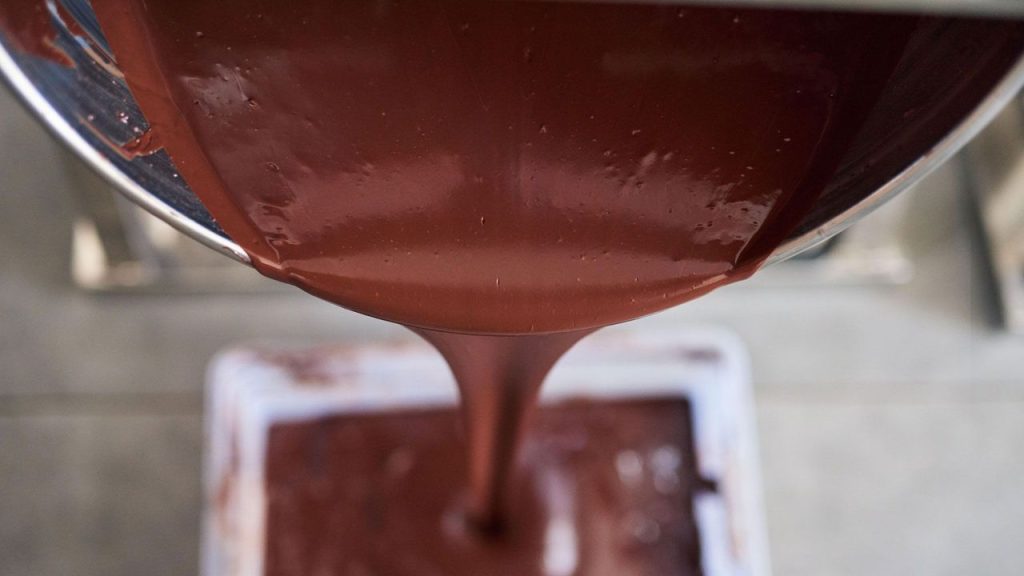Indonesia is a leading global producer of cocoa, supplying high-quality cocoa beans to the world. But before these beans become the cocoa powder used in chocolates, beverages, and baked goods, they go through an extensive processing journey. Let’s explore how Indonesian cocoa is processing from raw beans into fine cocoa powder.
1. Harvesting and Fermentation
The process begins with harvesting ripe cocoa pods from cocoa trees. Inside these pods are cocoa beans, covered in a sweet, white pulp. To develop the rich flavors and aromas of cocoa, the beans undergo fermentation for about 5 to 7 days. This step is crucial because it:
Breaks down the pulp, allowing flavor development
Enhances the characteristic chocolate aroma
Reduces bitterness, improving taste
2. Drying the Beans
After fermentation, the beans spread out under the sun or dried using specialized equipment. Drying reduces moisture content to around 7%, preventing mold growth and ensuring the beans are ready for the next stage.
3. Roasting for Flavor Development
Once dried, the cocoa beans roast at carefully controlled temperatures. This roasting process:
Enhances the cocoa’s deep, rich flavors
Reduces acidity and bitterness
Makes the beans easier to grind
The roasting temperature and time depend on the desired cocoa profile, ensuring optimal taste and aroma.
4. Grinding and Cocoa Liquor Formation
After roasting, the outer shells of the beans remove, leaving behind the cocoa nibs. These nibs have finely ground into a thick, smooth paste known as cocoa liquor. This pure cocoa mass contains:
✔️ Natural cocoa butter (fat)
✔️ Cocoa solids (which later become cocoa powder)
5. Cocoa Butter Extraction and Pressing
To produce cocoa powder, the cocoa liquor is pressed to separate the cocoa butter from the solids. The remaining dry cake-like substance is then broken down into a fine powder, creating natural cocoa powder.
6. Alkalization (For Dutch-Processed Cocoa)
Some cocoa powders undergo alkalization (Dutch-processing), where they are treated with an alkaline solution to:
Reduce acidity for a milder flavor
Darken the color for a rich appearance
Improve solubility in liquids
This process results in Dutch-processed cocoa powder, which is often used in premium chocolates and beverages.
7. Sieving and Packaging
The final step involves sieving to ensure uniform particle size and smooth texture. Once refined, the cocoa powder is carefully packaged and stored, ready for export or local distribution.
Majestic Cocoa: Your Trusted Indonesian Cocoa Supplier
At Majestic Cocoa, we ensure top-quality cocoa powder by sourcing the finest Indonesian cocoa beans and utilizing advanced processing techniques. As a reliable supplier and exporter, we provide natural and alkalized cocoa powder that meets international quality standards.
Looking for a Cocoa Powder Supplier?
Partner with Majestic Cocoa for premium Indonesian cocoa powder. Contact us today for high-quality cocoa solutions tailored to your business needs!

